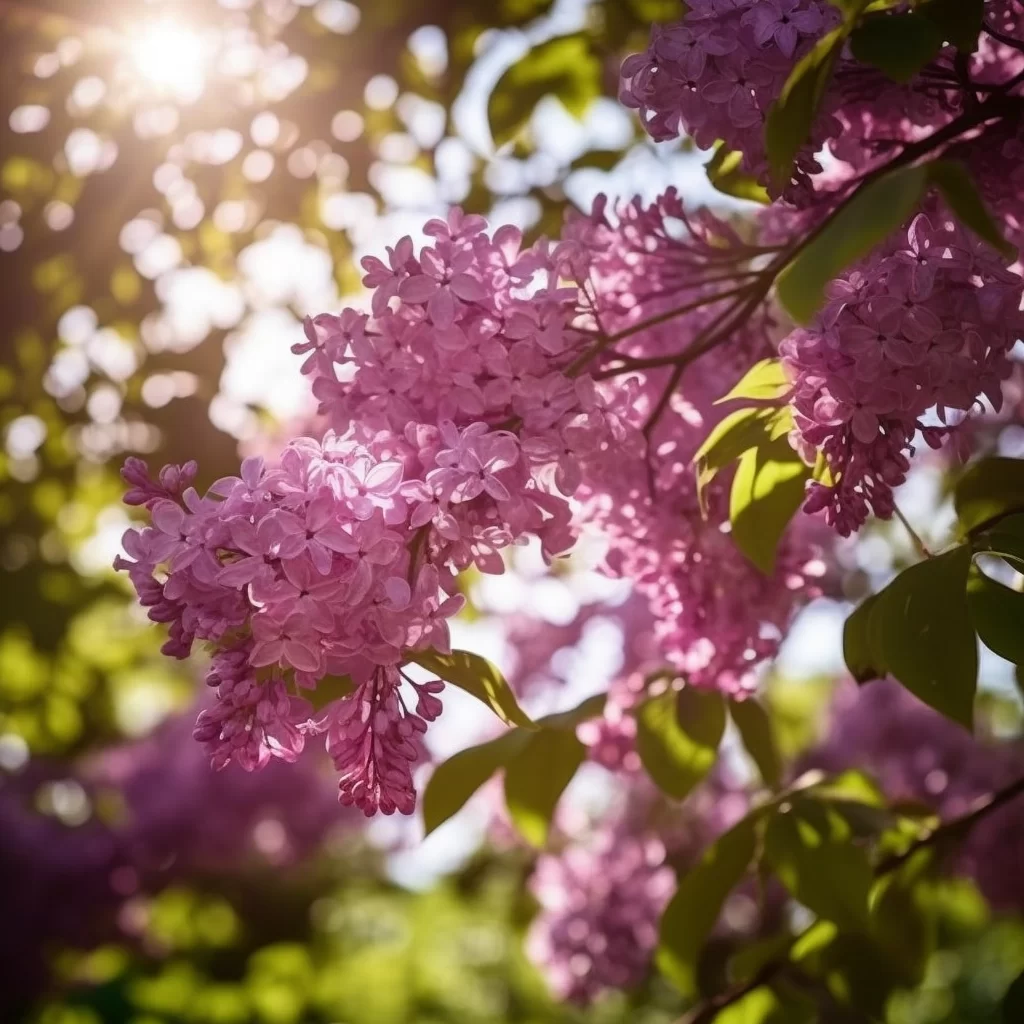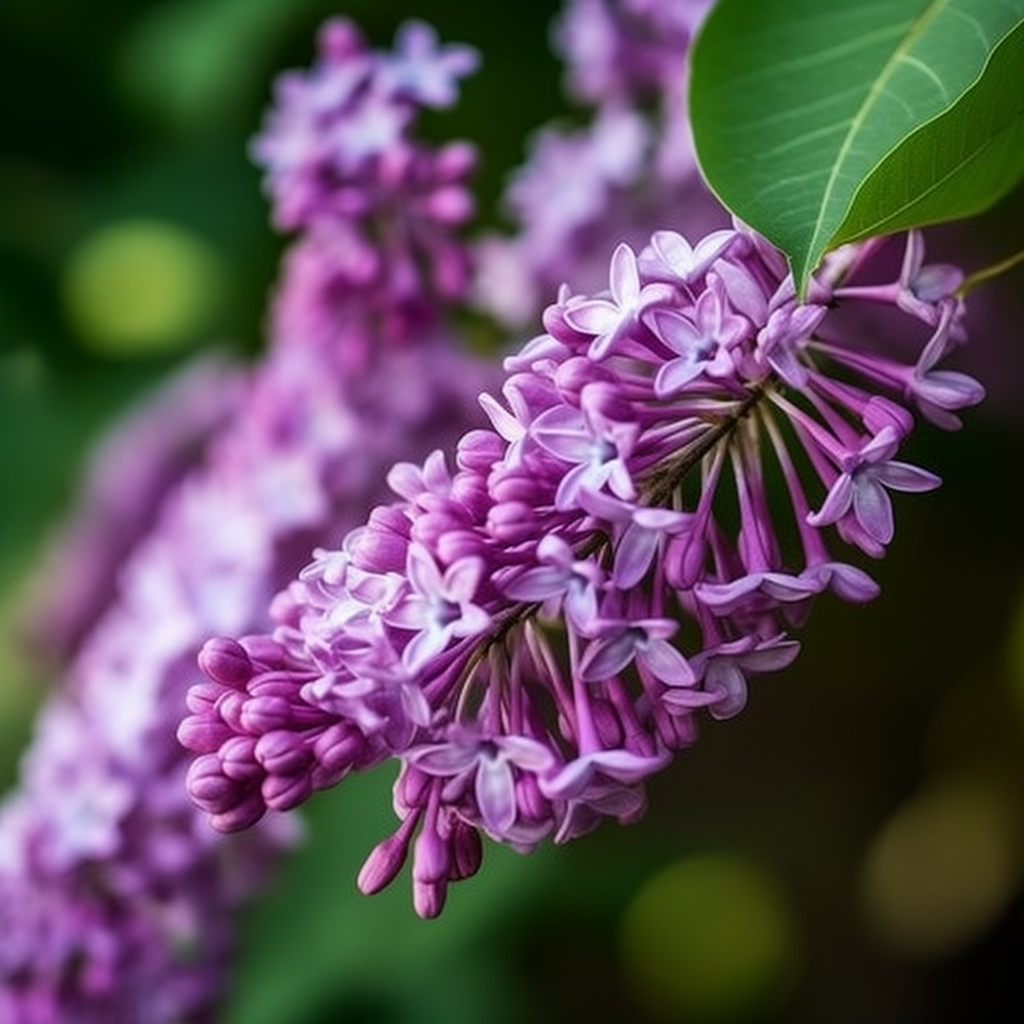Story of Day :
Contents
The Lilac Plant: A Complete Guide and Care Tips for Gardeners
Are you looking to add some color and fragrance to your garden? Look no further than the lilac plant. These beautiful shrubs are known for their stunning blooms and sweet aroma, making them a popular choice among gardeners. In this article, we’ll provide a complete guide on lilac plant care so that you can enjoy these lovely flowers all season long.
Types of Lilacs
Before we dive into care tips, let’s take a look at the different types of lilacs available:
- Persian Lilac – also known as “Syringa x persica,” these lilacs have small purple flowers that bloom early in the season.
- French Hybrid Lilac – larger than Persian lilacs, French hybrids come in various colors such as lavender, pink and white.
- Common Lilac – this is the classic variety with large clusters of fragrant purple flowers that bloom mid-season.
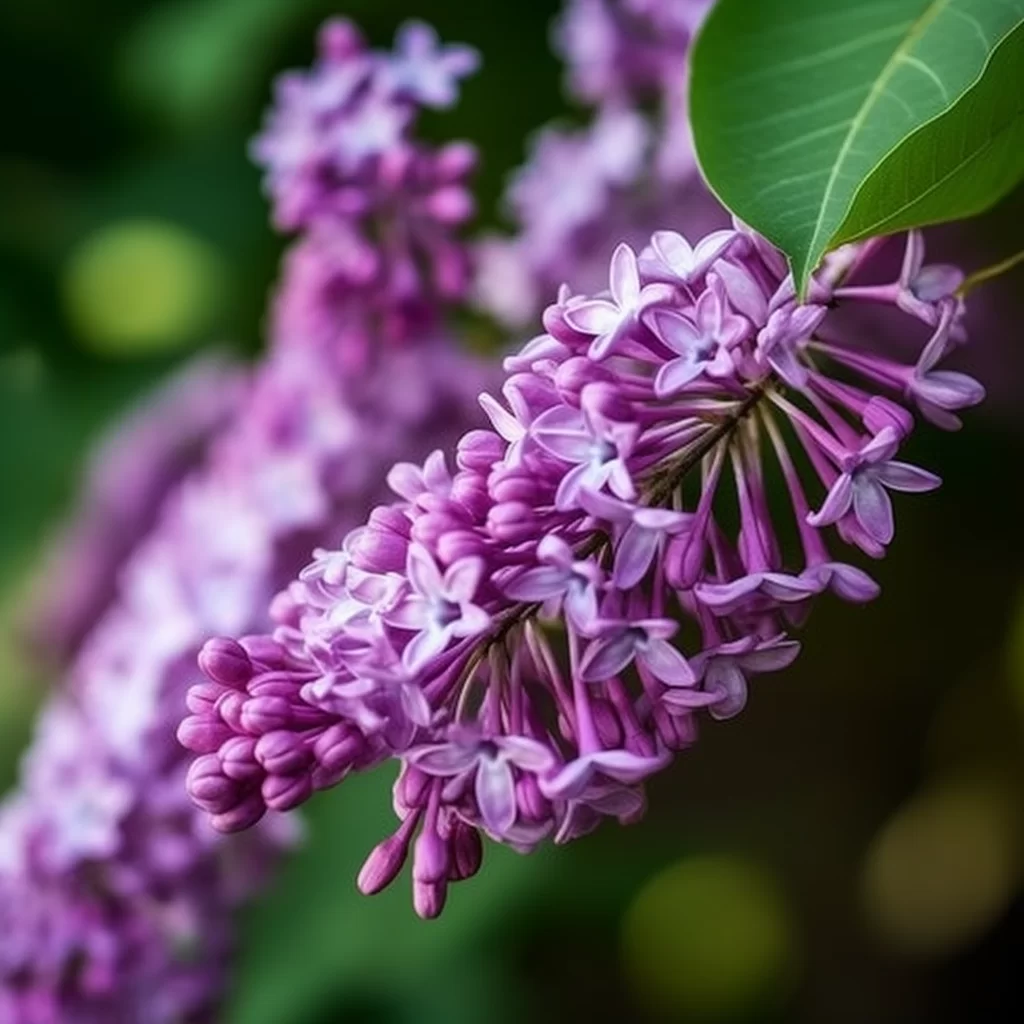
Lilac Planting Tips
If you’re planning on planting a lilac shrub in your garden or yard, here are some tips to keep in mind:
- Lilacs prefer full sun exposure but can tolerate partial shade as well.
- The soil should be well-draining with a pH between 6.5-7.0. If your soil is too acidic, add lime to increase the pH level.
- Plant your lilac in the spring or fall, avoiding extreme temperatures.
- Space multiple lilacs at least five feet apart to allow for growth and circulation.
- Add compost or aged manure to the soil before planting to provide nutrients for the shrub.

Lilac Care Tips
Caring for your lilac plant is relatively easy, but there are some things you can do to ensure it thrives:
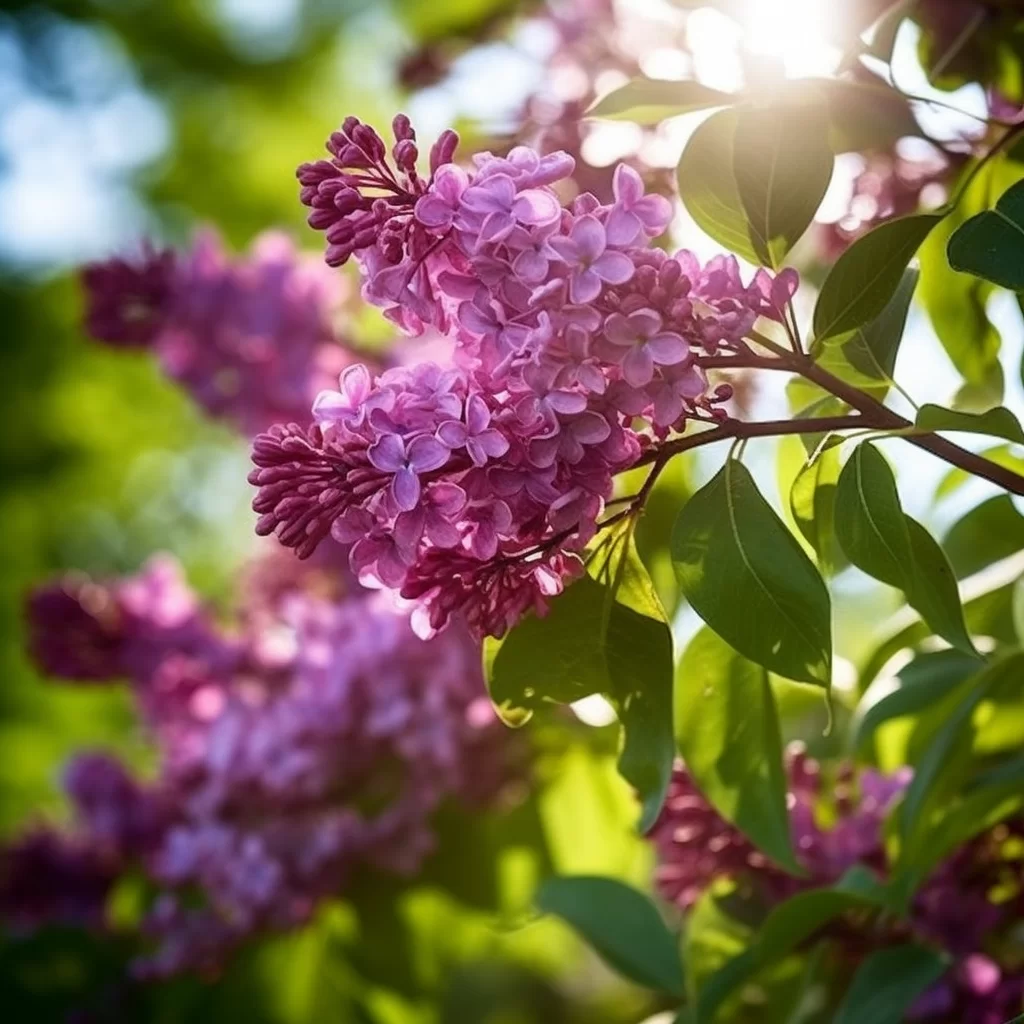
- Water your lilac regularly during the first growing season. In subsequent years, water only during periods of drought.
- Fertilize once a year in early spring with a balanced fertilizer such as a 10-10-10 blend. Avoid fertilizing after midsummer as new growth may become damaged by frost in cold climates.
- Prune your lilac immediately after flowering ends. This will encourage new growth and help maintain its shape. Avoid pruning too late into summer or fall, as this could remove next season’s buds.

.
”
Pests and Diseases
Lilacs are generally hardy plants but can be susceptible to certain pests and diseases:
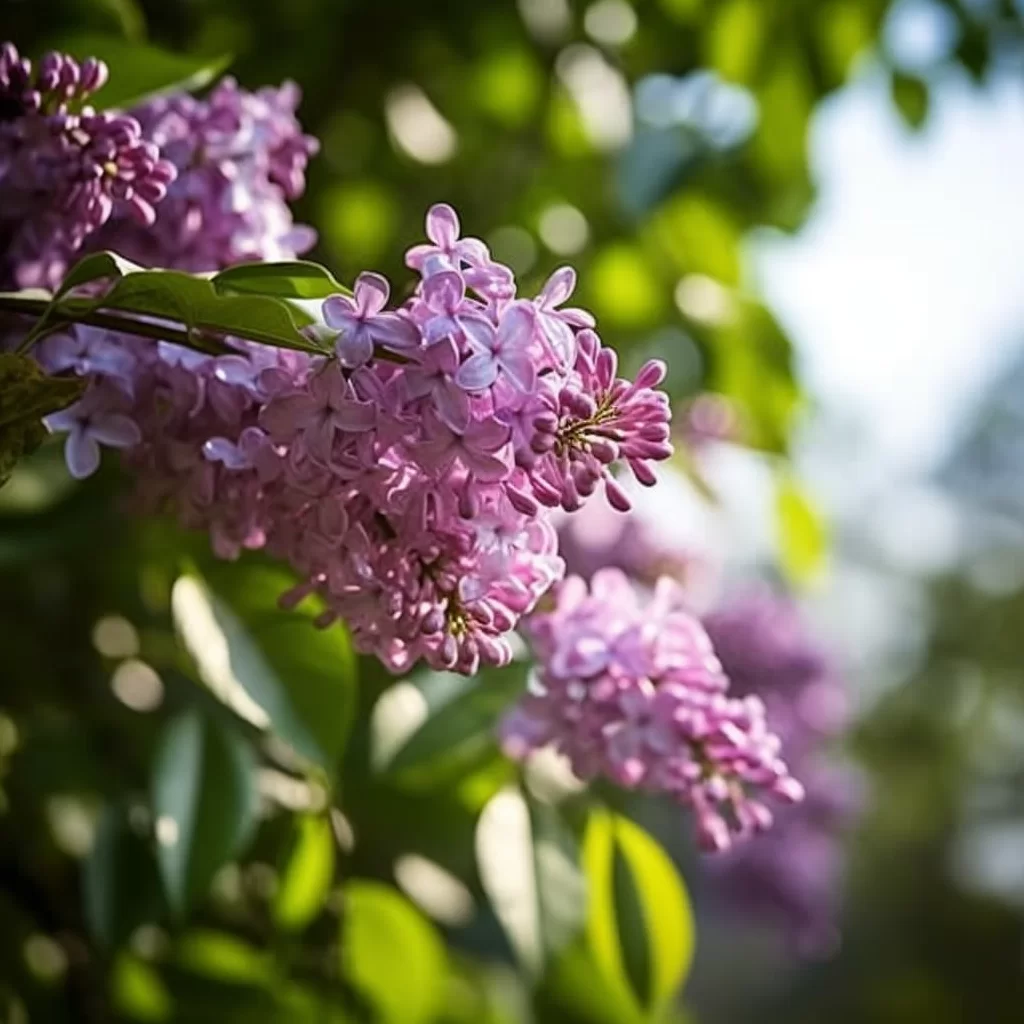
- Lilac borers – These insects bore into the trunk or stems of lilacs, causing wilting and dieback. Remove affected branches immediately to prevent further damage.
- Powdery mildew – A fungal disease that causes a white powdery coating on leaves and stems. Prune infected areas and apply fungicide if necessary.
- Lilac leaf miners – These pests cause unsightly brown patches on the leaves of your plant. Remove damaged leaves as soon as possible to prevent further spread.

In Conclusion
The lilac plant is a beautiful addition to any garden with its stunning blooms and sweet fragrance. By following our complete guide on planting, caring, pruning, and preventing common issues affecting lilacs, you can enjoy healthy shrubs for many years to come!
